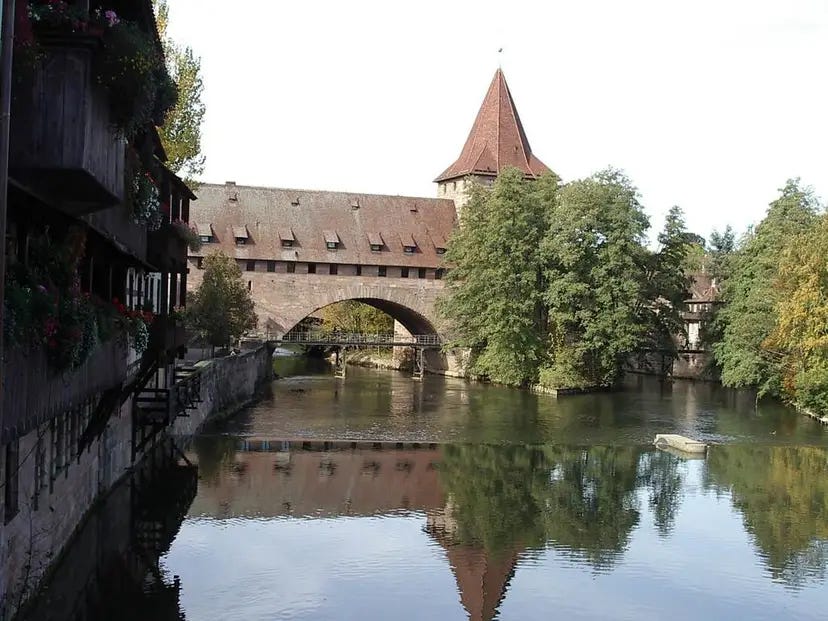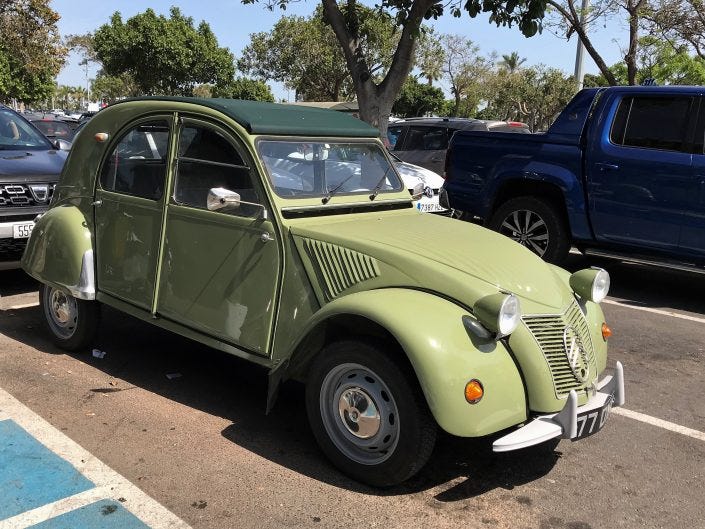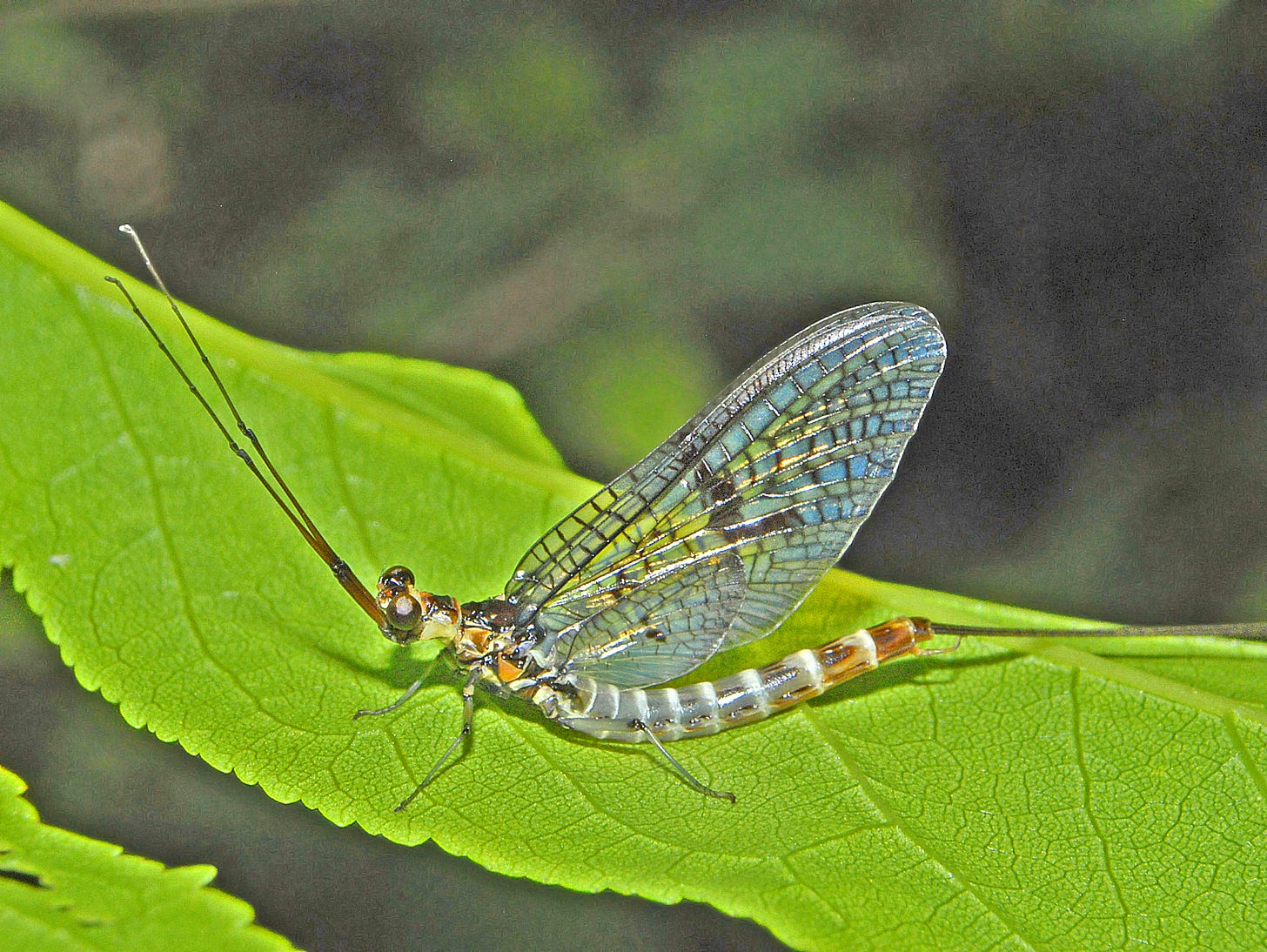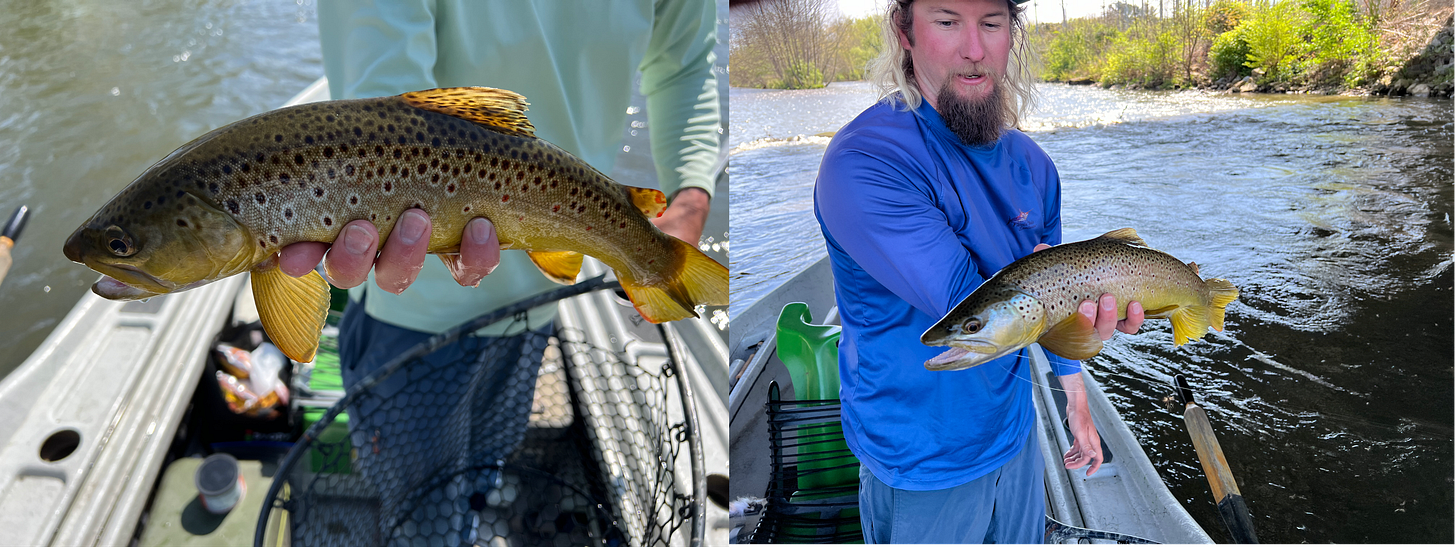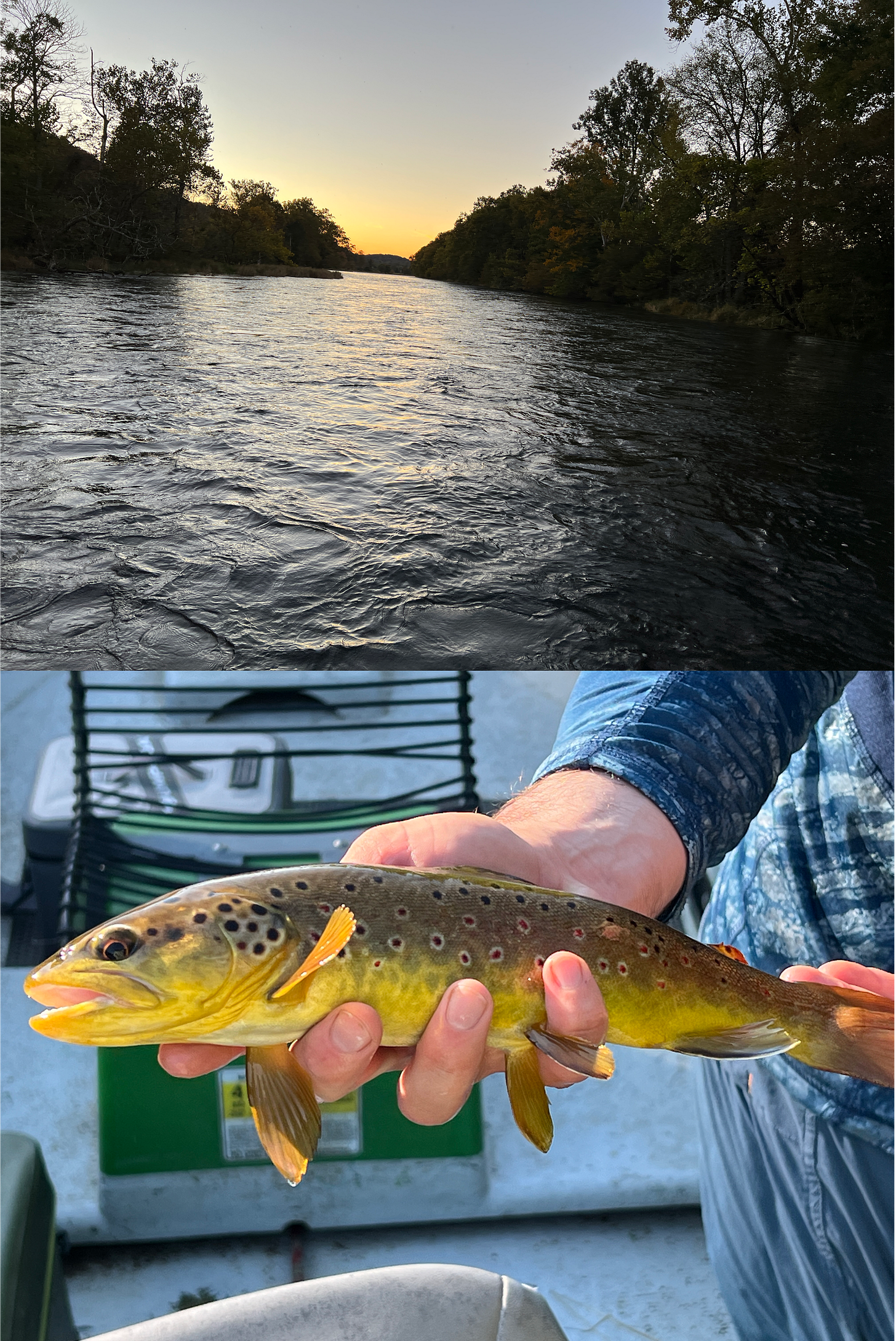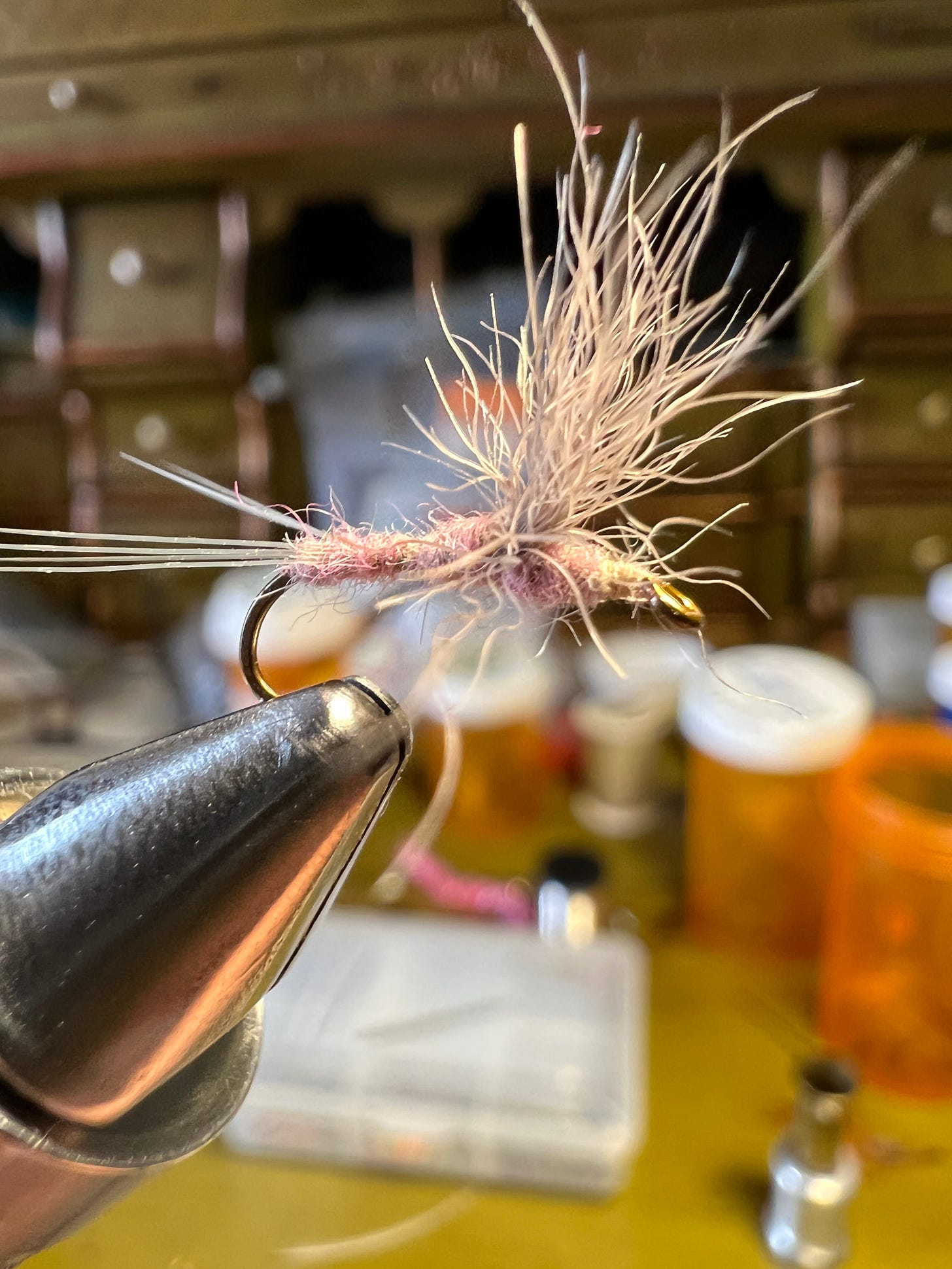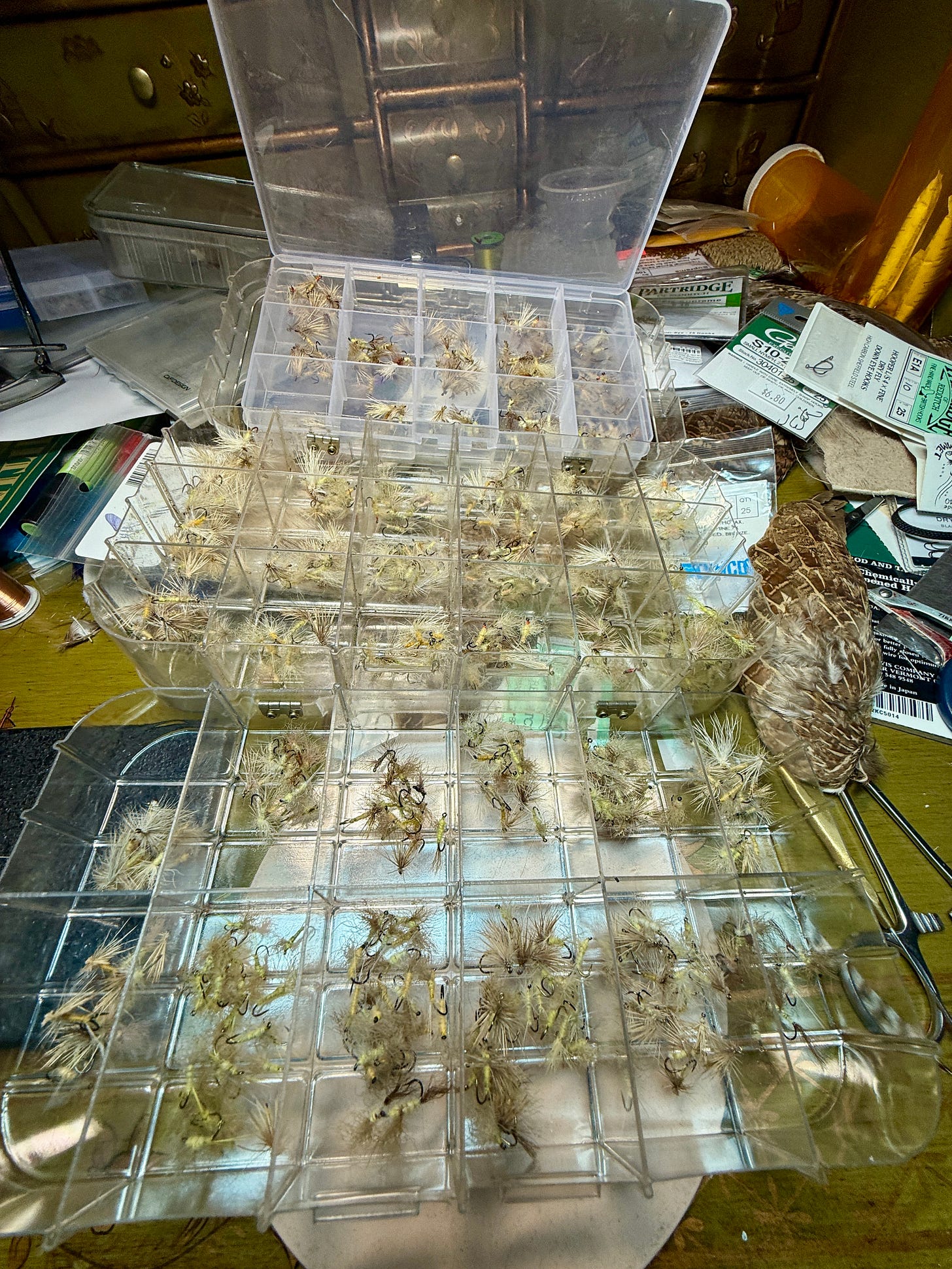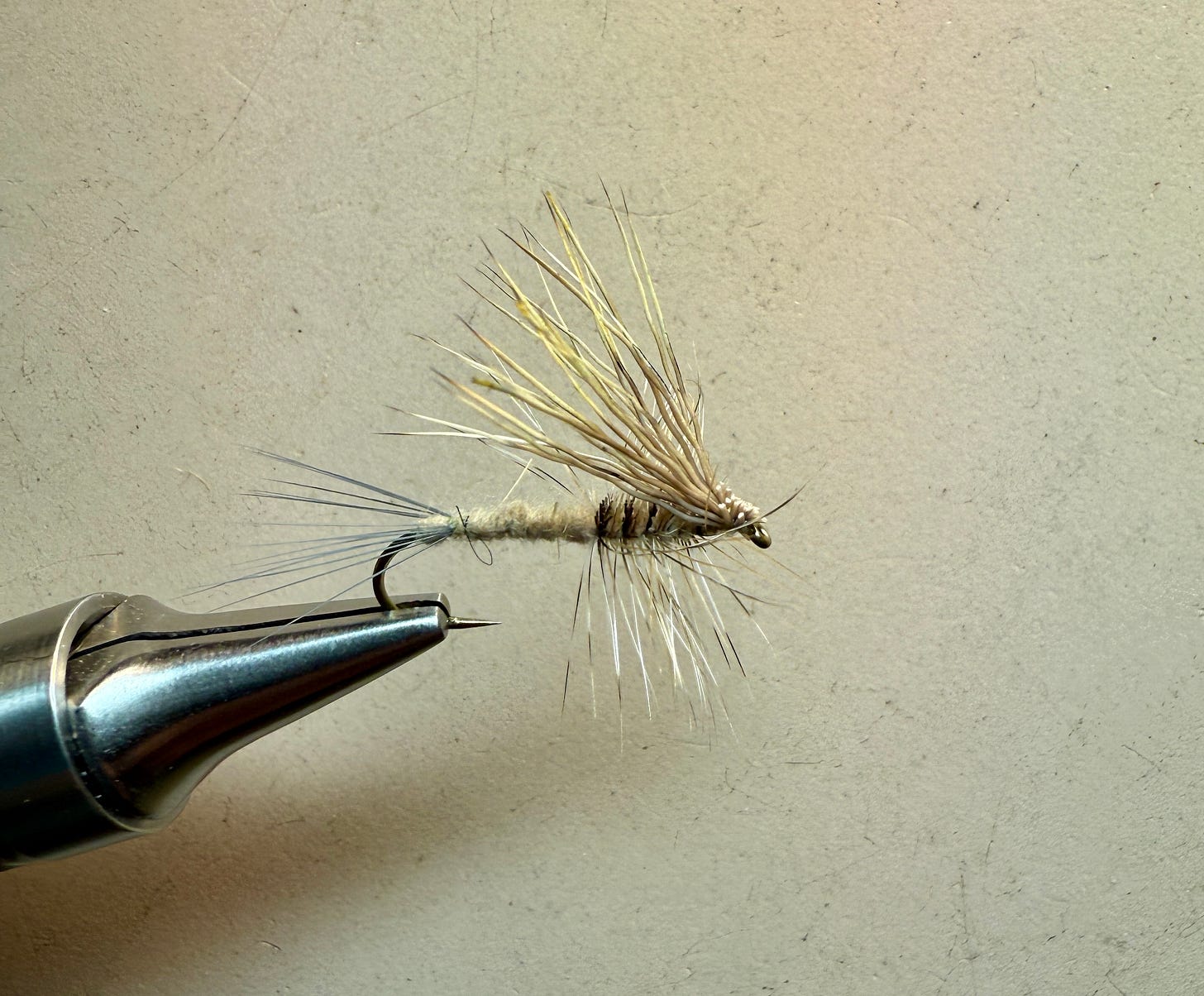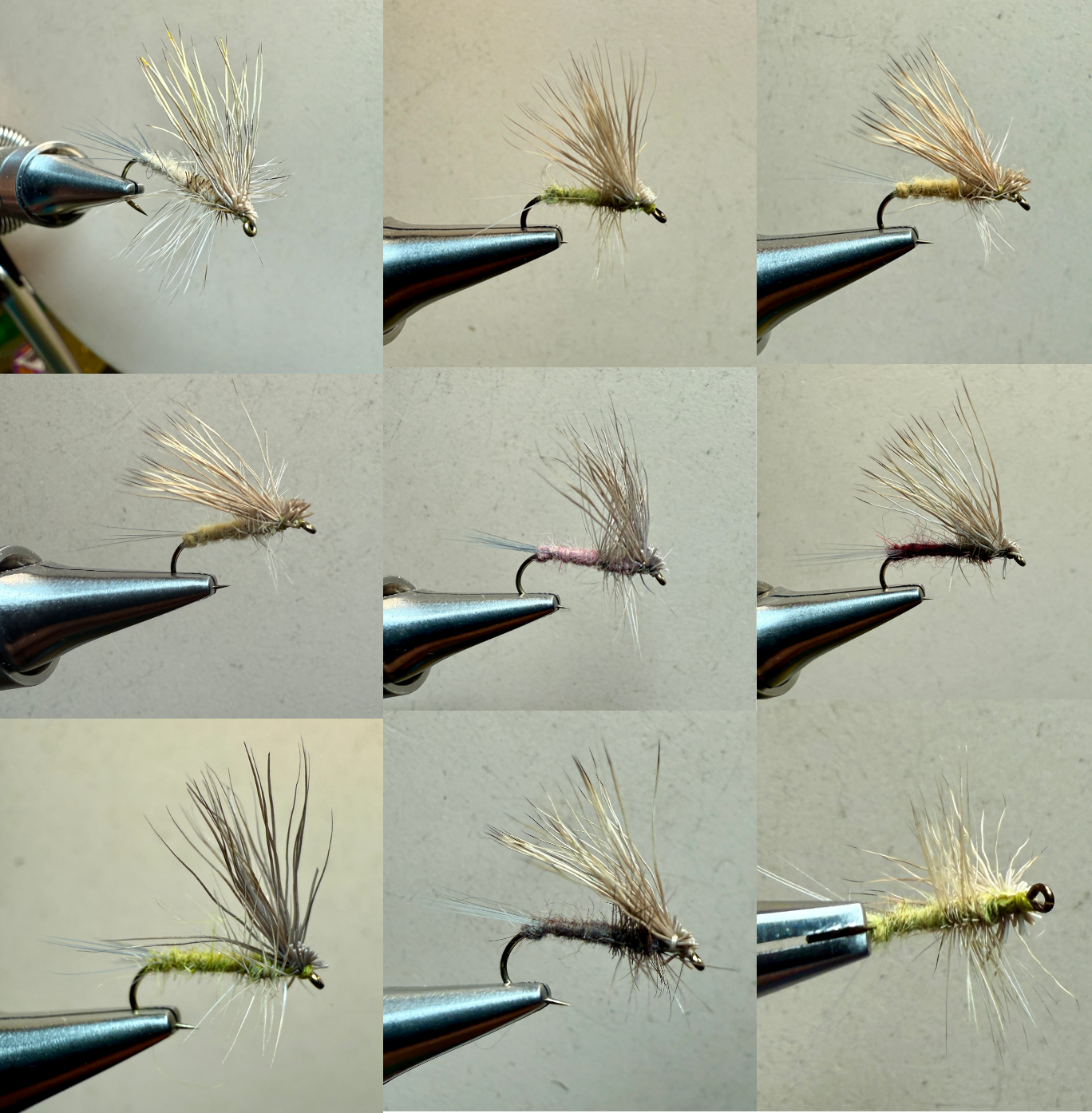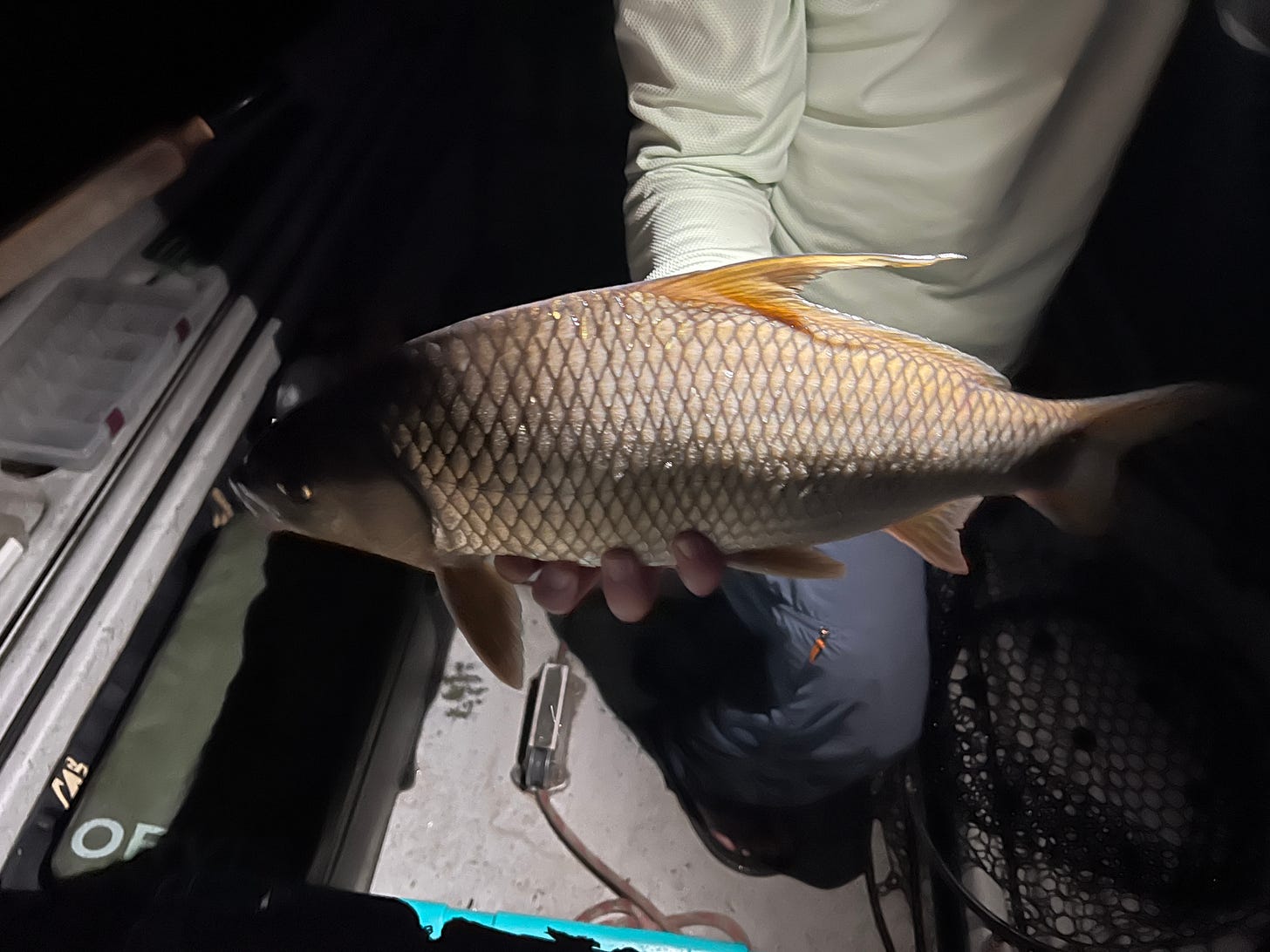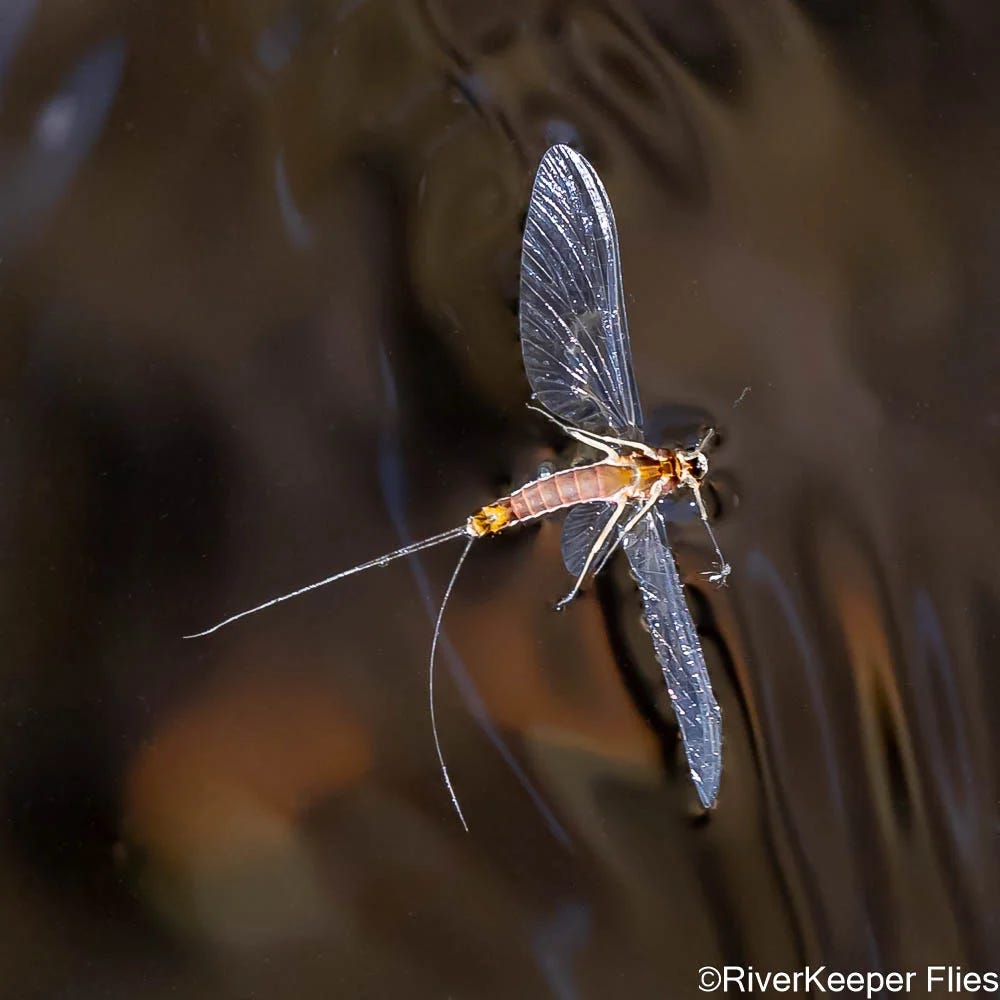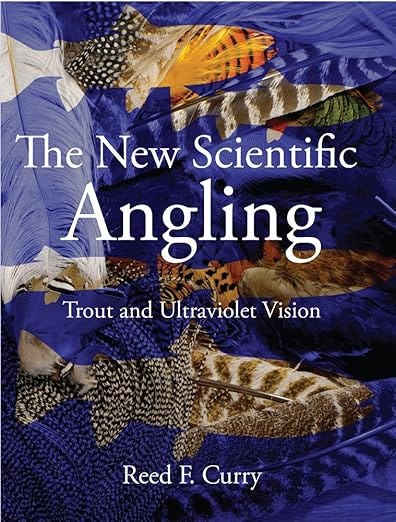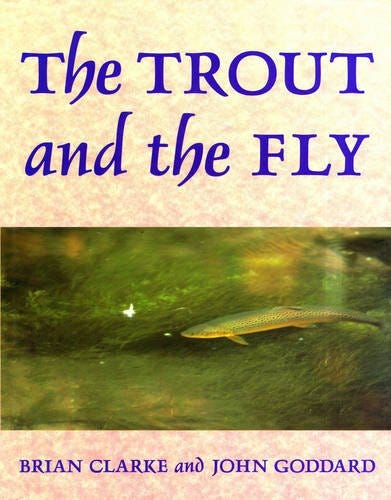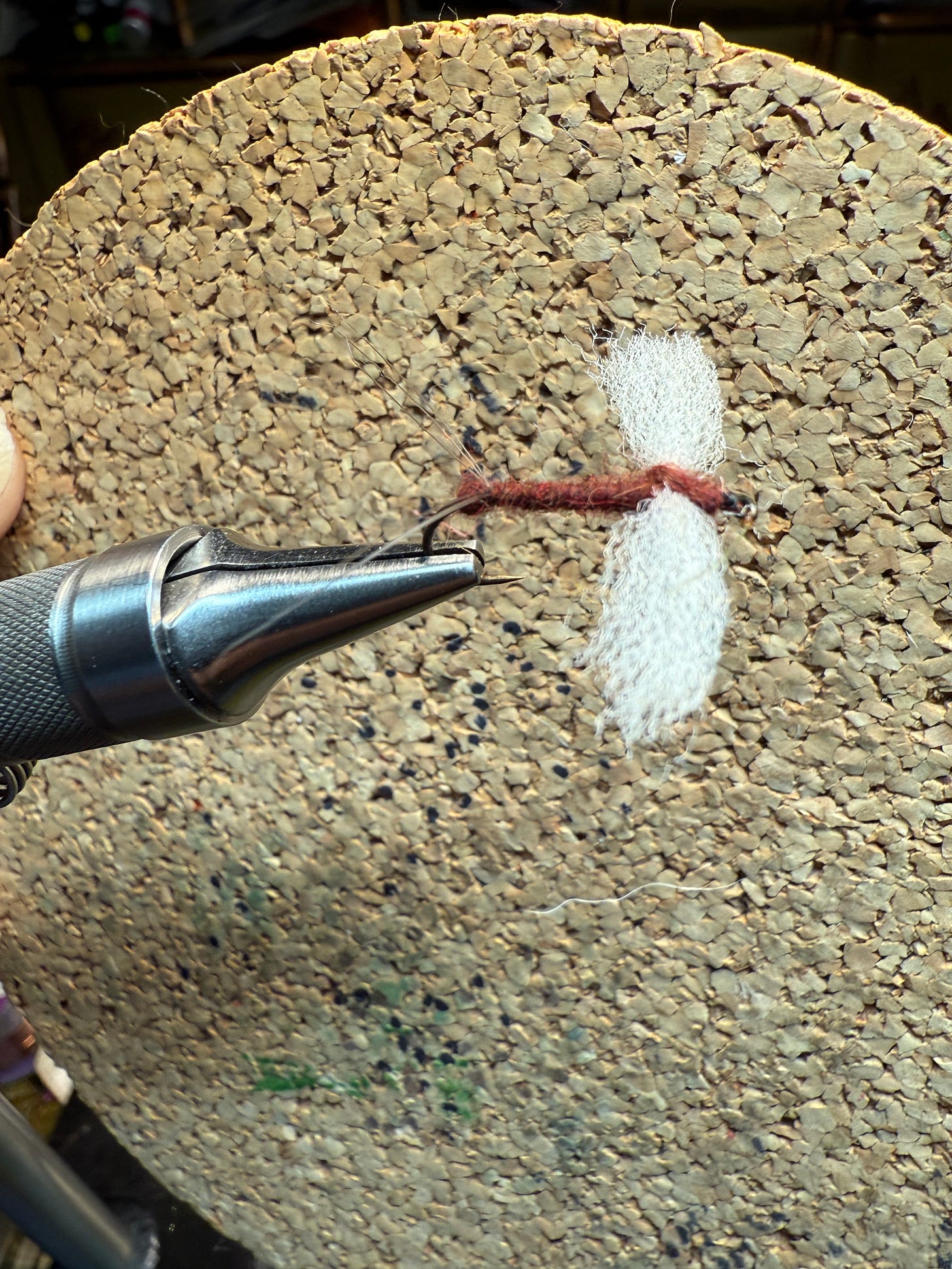1978 turned out to be a banner year for a young engineering junior. Durham, NC was a bit of a haul from good fly fishing in the mountains, but then who had the time? Then along came April 12, 1978. The semester was winding down and a roommate took me to see this band called the Grateful Dead that was playing on campus.
Run around the corner Run smack into a tree
Life was forever changed. That summer I had a job at Faun Werke, in Neunkirchen am Sand, West Germany (it was still two Germanys back then) through the aegis of a friend of my father’s with a lyric double barreled last name, Wolfram Schmitt-Fischbach. I decamped to the picturesque town of Lauf an der Pegnitz and took up abode in one of the two rooms above the restaurant and bar at the Gasthof Linde in Neunkirchen.
Scmitt-Fischbach was kind enough to equip me with a Citroen Ente
and we were off to the races. Work started at 7AM and I was off at 3. The Ente was perpetually packed with fishing gear and there was lots of water to explore. The local fishing club was kind enough to give me a permit to fish the Pegnitz around Lauf, a new friend Kurt knew someone who owned some land on the Hogenbach, a small spring creek that fed the Pegnitz near Pommelbrun and various other folk allowed me onto their lands out of the kindness of their hearts.
One evening about 10 days after I got there I ran into the Mayfly just downstream of where the Hogenbach flowed into the Pegnitz in the small town of Pommelsbrunn.
The Ephemera Danica is a little larger than our Eastern Green Drake, a clumsy fellow who bumbles around on the surface as he tries to take wing, attracting trout from far and wide.
That evening on the Pegnitz they came in droves, some even to my fly, an extended body contraption with mallard flank wings. And it started the summer of my own fly fishing exploration, a stranger in a strange land, out from under the wings of my mentor my father, casting my fly on foreign waters. It was also the summer of fishing dry flies to a constant parade of mayflies. The E. Danica followed by all the various and sundry Baetidae one finds in Europe until it was time to head back to school.
Mayfly hatches are my absolute favorite way to fish. The stately drift of those sailboats, big or small down the stream, the slow and deliberate rise of the trout, the comfortable hook set and the resulting pressure on the rod is what fly fishing is supposed to be about. From the minute tricos and pseudocoleon to the massive Hexagenias there is something about the poetry of a mayfly hatch and spinner fall that is as fulfilling an experience as one can have. And it does bring up some large trout, like this lady who was plucking out the smaller blue winged olives amongst a hatch of Empherella Invaria on the Watauga River in Eastern Tennessee. As Matt, very aptly, puts it on her swimming away, “Oh sweet.”
The cyclic mayfly hatches of the East are legend, starting with the late winter and early spring baetidae sunning the gamut through the huge Green drakes down to the summer tricos and tiny pseudocoleons and the fall Isonychias. And some of these hatches are truly blizzard like. Like this hatch of Ephemerella Invaria
and its attendant spinner fall later that evening.
The fish are nice too. Here’s my buddy Frank with one, and one of mine too. Nice handfuls.
Mayflies are creatures of habit, they rise under the same conditions, in the same places at almost the same time every year. In the old days, when I was in grad school and a part time guide I’d vow the sports by having them fish the same hatch, Ephemerella Invaria on the Delaware system three time on the same day. A quick run up to the East Branch in the morning where the hatch took place in the mid morning, then to the West Branch for the afternoon and down to the Big D for the evening hatch and spinner fall. Matt Murphy often gets me into two hatches of the E Invaria on the same day. On the Watauga in the morning
And off to the South Holston for the afternoon and evening.
But this is supposed to be an article about mayfly patterns and not me waxing lyrical about the beauty and reliability of mayfly hatches. So let’s get on with it.
The fundamental aspects of a mayfly pattern are pretty simple. There are of course two stages to consider - the hatching subimago and the spent imago.
The pattern created by the leg and body of the imago are fundamental to trigger the rise. The wings of a hatching mayfly will appear a tad bid earlier than they do for all other families that have down wings. This adds a slight bit to the trout’s sight window, but not the dramatic amounts some folk seem to imply. A trout’s window has a dead zone of about 10 degrees. That means an upright wing that is one inch high will become visible about 5.7 inches before the fly appears at the edge of the Snell window. That isn’t worth the price of admission. The indentation of the feet and body in the mirror will appear in the mirror way before then. But the wing is there, and since I haven’t spoken to any trout recently I can just assume that presenting them with a pattern with an appropriate wing can’t hurt. The tails can be on the water at certain stages and not at others. In that case you could tie one using the tails as outrigger floatation devices or jump through all sorts of hoops and barrels to keep them out of the water. The choice is entirely yours. But then so is it to stick fishhooks in your lips or to not do so. I’m sure you’d go for the less painful one, so do the same thing with mayfly patterns. Let the tails rest on the surface and help you.
I’m going to take a brief sojourn to talk about emergers. This is another bit of potential heresy. I have been fishing for more than sixty years. I catch over a thousand trout a year and caught many more when I was younger and had more time to fish. Several hundred of them are taken on mayflies on the surface. I have never, not once in those sixty plus years caught a trout on a mayfly emerger. I have never not caught a trout I thought I could have caught had I thrown an emerger at it. Your mileage may obviously vary. The logic of trout getting selective to mayfly emergers escapes me, and as an engineer I make a living exercising logic. As in many other things, I believe there is a misguided bowing to the mistaken thought process of a trout getting selective to mayfly emergers. The apparent logic is that they know it won’t fly away and so they target it intentionally. This is the apparent intellect of a beast with a pea sized brain that thinks a chartreuse wooly bugger is something it ought to take a swipe at. However, there’s something to be said about having confidence in a fly. I think you fish it better when you believe it will be taken by fish. So go ahead and fish emergers, if that rocks your boat. I don’t.
The fact is that unless a trout is sitting in a spot where it sees nothing but emergers, it’s going to feed on whatever comes its way, emerger or dun. And a trout that sees only emergers has to occupy a very niche spot in the stream. One where the only bugs drifting by it are those that have managed to reach the surface but have yet failed to break entirely free of their nymphal shucks. If it takes a bug 10 feet of drifting to do so, this trout is sitting at a spot where there are no bugs hatching 11 feet upstream of it. If I ever come across such a fish I’ll gladly forgo catching it in return for having to not deal with having to tie and fish emergers. So, no emergers for me, and no talk of them from me either. I do tie a pattern with an antron tail (more on that later) but only because it’s easier to tie and it floats better in choppy water.
Caucci and Nastassi’s Comparadun pattern seemingly provides all the basic ingredients required of a good mayfly pattern.
The body sits flush, the half circle wing provides the dimples and the light format and pontoon tails keep it afloat. Well sort of. Because it relies on surface tension to float it starts sinking pretty fast once it gets wet, and the deer hair stubs soak water fast, and the fly, while durable, provides its durability over days rather than fish. One or two fish, or a good dunking and you need to change it out. Plus it just plain sucks in larger sizes when the pontoon tail can’t hold up the weight of the hook which pulls its rear end into the water.
It was 1983. I had finished my Master’s program and was on my way to the next step in, what my father called, perpetual studenthood. Bruce Bartlett and I would fish and guide on the Delaware when I could get away from school. One rainy week when the Catskill rivers were blown out we took a ride up to the Adirondacks. At Fran Betters’ shop we ran across the Usual, a pattern tied using Snowshoe rabbit foot fur.
Fran explained how the oily coating on the rabbit foot fur kept it dry in the snow and how that translated into a good floating fly. A sort of cul de canard on steroids. Seemed like a good idea and so I bought a few feet. But the pattern, which worked well in the Adirondack pocket waters didn’t do anything for the Delaware trout. At the same time Bruce ran into this guy up near his home in Sandy Creek, NY who was marketing a line of beaver dubbing that was cold dyed to maintain the water proofing oils in the beaver’s underfur. He had retired folk at some home pluck out the guard hairs. The stuff was sold as Mad River Beaver Dubbing. I didn’t really care about the waterproofing, because I was going to grease the heck out of the stuff in any case, but the slender, wiry texture or the rabbit foot and the smooth bodies we could get using the beaver dubbing seemed a winner. That was the birth, as far as I know, of the rabbit foot Comparadun.
A few years later Orvis had some in their catalog, then everyone was fishing one and now thankfully it’s fallen out of grace. It still remains one of the catchingest dry flies ever invented. And a quick false cast or two and it’s back to floating like a cork. I tie them by the bucketful.
But, like all good things, it does have its limitations. It’s a relatively poor floater in choppy water. You can add to it’s floatation qualities in that water by giving it a fluffier antron tail (bottom right in picture above). The tail is also easier to tie and does create a bit of shine where one would see a shine due to the meniscus formed around the fly’s tail. And of course if you insist on fishing an emerger then “Voila!” here you go.
But even with that tail, the rabbit foot Comparadun, like it’s deer hair compatriot is only marginally good to about a size 14, and really better down at #16 or smaller. A larger mayfly pattern needs a little something else to keep it afloat. One benefit of the finer fibers of the snowshoe hair is that the fly makes a better than average spinner pattern. And, of course, the upright portion of the wing makes it easier to see, especially in the poorer light conditions commensurate with most spinner activity.
Somewhere in those heady days between Aerospace Engineering grad studies (We used to have T-shirts that said, “Yes I am in fact a rocket scientist,”) working in a fly shop, guiding and following the Grateful Dead I came across a little pattern by Rene Harrop called the Hairwing Dun. It’s not much of a surprise that I can’t remember when and where. Harrop allegedly tied this as an imitation for the smaller mayflies to be fished in calm waters. Early patterns seemed to be tied for PMDs and BWOs. Something about it made it look like it would be ideal for the larger patterns. All it really needed was a slight modification of the tails to produce a better pontoon. If I remember correctly, the original Harrop pattern used a bunch of hackle fibers as a tail.
Splitting the tail like that on a Comparadun made the fly float better. The advent of Microfibetts made tying such tails easier and I now had a pattern that floated well. I now use this pattern for all my flies from a size 14 upwards including the large dark Stenonema Vicarium (March Brown), the even larger Ephemera Guttulata (Green Drake) or the smaller Drunella Grandis (Western Green Drake) or even smaller Ephemerella Invarias (Early eastern Sulphurs or Western PMDs, especially the big melon colored ones). And on and on.
Mayflies undergo an incomplete metamorphosis. They go from egg to nymph to subimago and finally the imago, or as we often call it the spinner. Massive clouds of spinners bouncing up and down over the riffles is not a sight to be taken lightly. Eventually those spinners will hit the water. And when they do the trout will feed on them.
Even tiny little streams can see healthy spinner falls because the spinners that return are often the aggregation of a day or more’s worth of hatched insects. That hazy looking stuff is a cloud of Ephemerella Invaria spinners from that itty bitty little creek. And that phenomenon repeats itself day after day for a few weeks every year.
In fact there are many instances where you would benefit from actually targeting the spinner fall as your quest. In the days of old, when the knights were bold and I had the energy to fish multiple rivers on one day, during the dog days of summer, I’d fish three spinner falls and one hatch during the course of a long day on the Delaware River system. There would be a nice spinner fall of little pseudocoloeons on the main river early in the morning. A quick run down from the Smith’s Colonial Motel would put one at what we would called the BP. The Bard Parker company is now gone, and I haven’t been there in years, especially since they now have a boat ramp there. When that was over it would be time to go fish the trico spinner fall on the West Branch. After which, it being fit for neither mad dogs nor Englishmen one would withdraw to the the motel and take a nap in preparation for the days finale. You could walk down to Charlie’s pool along the railroad lines, or to the piece of water my friend Tim Trout called “Piece of shit pool” and await the hatch of the Leucrocruta (or erstwhile Heptangenia) Hebe. This little yellow fellow would hatch just as the sun was going down, and his spinners would come down shortly thereafter. You have not lived until you’ve fished a spinnerfall after dark. There is a magic to it. Bats whir by, the occasional owl hoots, the moon and starlight cast a silvery sheen on the water and the trout rise with an audible slurp. If you know where your cast is going, you can target each fish in turn, and they will let you get very close to them. The rise appears as a darker spot on the silvery water, but even in the dark of the moon there is an act of revulsion on the part of the trout when it realizes the thing it just crushed between its tongue and the roof of its mouth is not a natural. Do it long enough and you know exactly when the trout has your fly. A gentle lift of the rod and you’re in business. Of course every once in a while it isn’t a trout but something like this quillback carpsucker that ate an Invaria spinner on the lower stretches of the South Holston.
The stately duns of the Stenonema Vicarium in both its forms as the March Brown or the Gray Fox hatch sporadically through the day. The odd, opportunistic trout may rise to one, but come the evening the huge spinners fly upstream in throngs before starting their mating dance above the riffles, ultimately falling to the water after their one moment of ecstasy. And there are other reasons too. The best trout river in my world, the Roaring Fork is alleged to have a PMD hatch of some renown. I fish the river consistently, and have done so for more than 2 decades. I have never fished the PMD hatch because it happens in the morning and then the day starts fading into ignominy until the river bursts back to life in the evening. And of course that’s whne I do fish the spinners, and the Green Drakes, and caddis and generally have a blast terrorizing the local trout population. Or tricos that descend almost immediately after hatching. Scenes of idyllic beauty such as these brought about by a tiny little insect and the spotted fish that feed on him.
Tying and fishing spinners is, in my opinion, more of an art form than the duns. Every spinner is an ephemeral version of its immature self (see what I did there?).
Their wings are glassy, their bodies often hollow and the low angle of the evening sun often light them up like so many little Japanese lanterns. I’m sure those monstrosities with their clumpy yarn wings and heavily dubbed bodies do catch fish (the same smart trout with genius level IQs that can differentiate between a left and right handed monkey wrench), but where’s the fun in that? I like to believe that if I tie a fly that presents the right trigger points it will take the fish. As with just about anything else I have absolutely no clue what triggers a trout, buta shiny sparkling bug like this one photographed by the fine folk at River Keeper Flies has to mean something.
Reed Curry, in his book “The New Scientific Angling” talks about the parts of various insects that react to UV light and how UV vision is available in trout. It may all be junk science, but I know the logic works for caddis, so I do the same for spinners.
According to Curry, the part of a mayfly that is reactive to UV is a sliver along the leading edges of the wing and some of the veination. If true, it means there’s a scintillation to spinners that we don’t even see due to our lack of UV vision. And there you have it an insect with a shiny hollow body, big shiny wings spread flat across the surface with elements of UV reactance. Looks like an engraved invitation to dinner. Goddard and Clarke in their fine book, “The Trout and The Fly” talk about the colors of the sunset shining through the body of a spinner.
That has been the guiding principal behind my spinner patterns, make them light and airy with a splash of shine. I tie bodies with antron or other transclucent dubbing, watching the color of the under body, using appropriately colored threads and/or painting the hook shanks white. Sparse but long pontoon tails, a very sparsely hackled thorax with the tiniest bit of UV sparkle yarn. It seems to work because the fish eat them down, as long as I put it where it needs to go, when it needs to be there.
All the way from the large Green Drakes down to the tiny pseudocoloeons, tricos and Paraleptophlehia Mollis spinners and everything in between the same light dressing, with a touch of a shine always works for me. I don’t think you can underdress a spinner.
Though you sure as heck can over dress one, like this contraption I found along the banks of one of our streams, hopefully flung away by some disgruntled fisherman who had finally seen the light.
Spinners normally lay their eggs over fast or riffly water. The trout normally line up where the fast water smoothens out and the spinners get funneled along the surface streamlines, seams and other concentrators. Most of these fish sit pretty close to the surface, which means their window is small. And the concentration of food can be large. A fish has to see your fly, and choose it as opposed to some natural that is probably also visible. That means you have a tiny window to drop your fly into, and there can’t be any visible aspects that might trigger a rejection. So use a light fly, cast accurately and keep varying your timing so that you can match the trout’s timing.
Also, a flat lying spinner can be hard to see on the water, in failing light often with that evening glare we all know so well. Learn to fish two flies on your leader. It can be done. I’ve been fishing two dries for eons, as do a lot of other people, particularly out west. Now make the second fly one you can see, a snowshoe rabbit foot Comparadun, or even a Double Wing.
There are frenetic hatches, and infuriating hatches. There are hatches where the trout seem to have lost their minds, and then there are the quiet days, the solitude of a woodland stream, burbling past you, with a smattering of mayflies drifting lazily by and the trout rising in front.
River going to take me
Sing me sweet and sleepy
Sing me sweet and sleepy
All the way back home
It's a far gone lullaby
Sung many years ago
Mamma, mamma, many worlds I've come
Since I first left home
Goin' home, goin' home
By the waterside I will rest my bones
Listen to the river sing sweet songs
To rock my soul 



